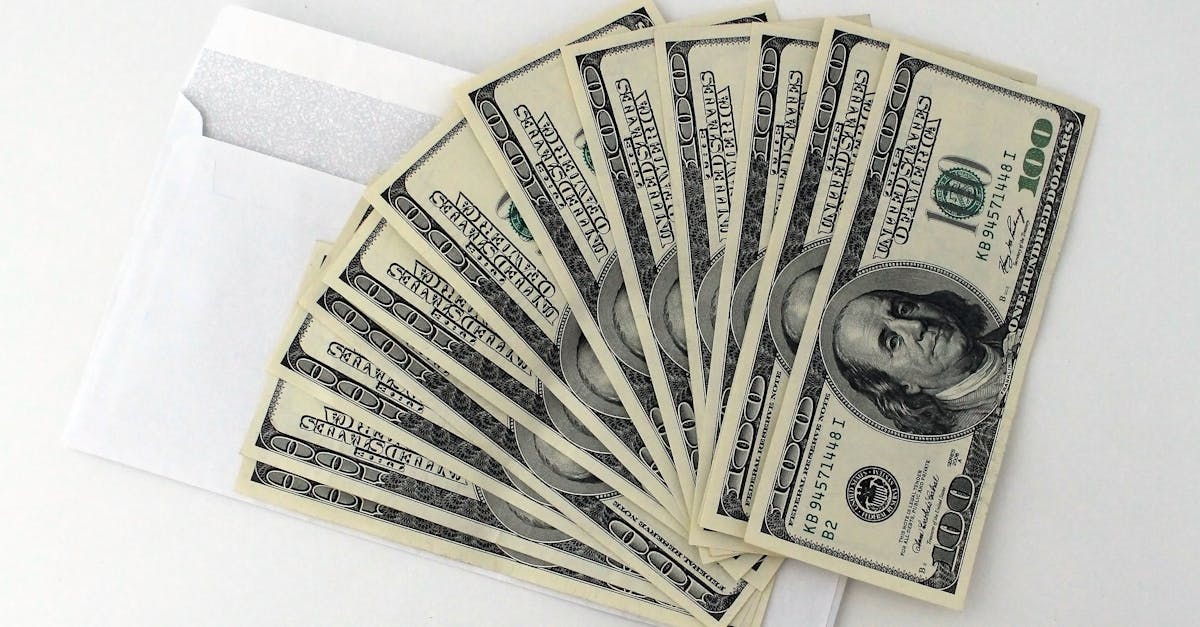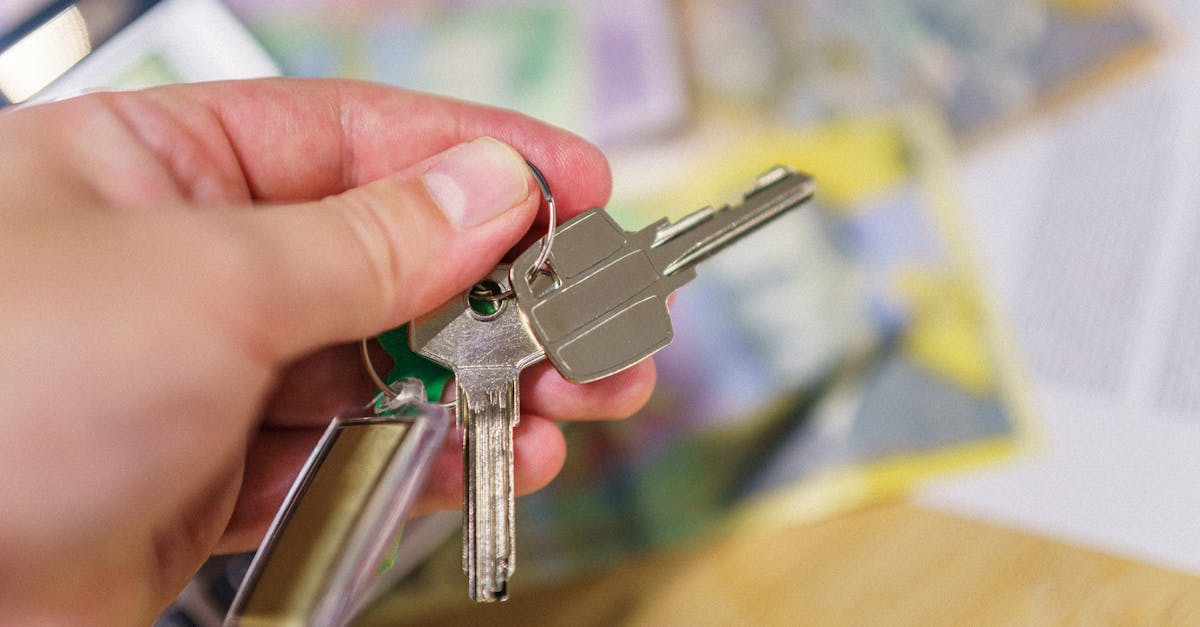Understanding Mortgage Rates and Securing the Best Deal
Introduction
Navigating the world of mortgage rates can feel overwhelming, especially for first-time homebuyers or those unfamiliar with the intricacies of home loans. With terms like fixed-rate, adjustable-rate, refinancing, and home equity, it’s easy to get lost in the jargon. However, understanding these concepts is crucial to making informed decisions that align with your financial goals. This comprehensive guide aims to demystify mortgage rates, explore the different types of home loans, and provide actionable strategies to help you secure the best possible deal. Whether you’re buying your first home, refinancing an existing mortgage, or leveraging home equity, this guide will equip you with the knowledge to navigate the process confidently.
Advertisement
What Are Mortgage Rates?
Mortgage rates are the interest charges applied to home loans by lenders. These rates determine the cost of borrowing money to purchase a home and are expressed as a percentage of the loan amount. Mortgage rates can fluctuate based on a variety of factors, including economic conditions, inflation, and policies set by the Federal Reserve. For example, when the Federal Reserve raises interest rates to combat inflation, mortgage rates often follow suit.
Understanding mortgage rates is essential because they directly impact your monthly payments and the total cost of your loan over its lifetime. Even a small difference in interest rates can translate into significant savings or additional costs. For instance, a 0.5% lower rate on a 30-year fixed-rate mortgage could save you tens of thousands of dollars over the life of the loan. By staying informed about current rates and trends, you can time your home purchase or refinance to secure the most favorable terms.

Advertisement
Types of Mortgage Rates
When it comes to mortgage rates, there are two primary types to consider: fixed-rate and adjustable-rate mortgages (ARMs). Each has its own advantages and drawbacks, depending on your financial situation and long-term plans.
Fixed-Rate Mortgages:
With a fixed-rate mortgage, the interest rate remains constant throughout the life of the loan, typically 15, 20, or 30 years. This stability makes it easier to budget for monthly payments, as they won’t change over time. Fixed-rate mortgages are ideal for borrowers who plan to stay in their homes for the long term and prefer predictable payments.
Adjustable-Rate Mortgages (ARMs):
Adjustable-rate mortgages start with a fixed interest rate for an initial period (often 5, 7, or 10 years), after which the rate adjusts periodically based on market conditions. ARMs often offer lower initial rates compared to fixed-rate mortgages, making them attractive for borrowers who plan to sell or refinance before the rate adjusts. However, the uncertainty of future rate changes can be a drawback for some.
Choosing between these options depends on your financial goals, risk tolerance, and how long you plan to stay in the home. For example, if you’re buying a starter home and expect to move within a few years, an ARM might save you money. On the other hand, if you’re settling into your forever home, a fixed-rate mortgage provides long-term stability..

Advertisement
Key Factors Affecting Mortgage Rates
Several factors influence the mortgage rates offered to borrowers. Understanding these can help you position yourself for the best possible rate:
Economic Conditions:
Broader economic trends, such as inflation, employment rates, and Federal Reserve policies, play a significant role in determining mortgage rates. For example, during periods of economic growth, rates may rise to curb inflation, while during recessions, rates may drop to stimulate borrowing.
Credit Score:
Your credit score is one of the most critical factors lenders consider. Borrowers with higher credit scores (typically 740 or above) are seen as lower risk and are offered lower interest rates. If your score is lower, taking steps to improve it—such as paying down debt and making timely payments—can help you secure a better rate.
Loan Amount and Down Payment:
The size of your loan and down payment also affect your rate. A larger down payment reduces the lender’s risk, often resulting in a lower interest rate. For example, putting down 20% or more can help you avoid private mortgage insurance (PMI) and secure more favorable terms.
Loan Term:
Shorter loan terms, such as 15-year mortgages, typically come with lower interest rates compared to 30-year loans. However, the monthly payments are higher, so it’s essential to choose a term that aligns with your budget and financial goals.
By addressing these factors, you can improve your chances of securing a competitive mortgage rate.

Advertisement
Importance of Mortgage Comparison
One of the most effective ways to secure a favorable mortgage rate is by comparing offers from multiple lenders. Rates and terms can vary significantly between banks, credit unions, and online lenders, so it pays to shop around. Here’s how to approach the comparison process:
Gather Multiple Quotes:
Request loan estimates from at least three to five lenders. These documents provide a detailed breakdown of the loan terms, including the interest rate, closing costs, and monthly payments.
Compare APRs:
The Annual Percentage Rate (APR) includes both the interest rate and any additional fees, giving you a more accurate picture of the loan’s total cost. Use the APR to compare offers apples-to-apples.
Consider Lender Reputation:
While rates are important, don’t overlook the lender’s reputation and customer service. Read reviews and ask for recommendations to ensure you’re working with a reputable institution.
Use a Mortgage Broker:
If the process feels overwhelming, consider working with a mortgage broker. Brokers have access to a wide range of lenders and can help you find the best deal based on your financial profile.
Taking the time to compare options can save you thousands of dollars over the life of your loan.
Advertisement
The Path to Mortgage Approval
Securing mortgage approval requires careful preparation of your financial credentials. Lenders evaluate several factors to assess your ability to repay the loan, including your credit score, debt-to-income ratio (DTI), and employment history. Here’s how to strengthen your profile:
Improve Your Credit Score:
Pay down existing debt, make timely payments, and avoid opening new credit accounts before applying for a mortgage.
Reduce Your DTI:
Lenders prefer a DTI ratio of 43% or lower. Paying off credit card balances and other debts can help lower your DTI and improve your chances of approval.
Document Stable Income:
Provide proof of stable employment and income, such as pay stubs, tax returns, and bank statements. Self-employed borrowers may need to provide additional documentation.
Save for a Down Payment:
A larger down payment not only improves your chances of approval but can also help you secure a lower interest rate.
By addressing these factors, you can enhance your eligibility and position yourself for the best possible terms.

Advertisement
Exploring Down Payment Options
While a 20% down payment is often considered ideal, it’s not always feasible for every homebuyer. Fortunately, there are numerous programs and options to help make homeownership more accessible:
Low Down Payment Programs:
Many lenders offer loans with down payments as low as 3-5%, particularly for first-time homebuyers. Government-backed loans, such as FHA, VA, and USDA loans, also provide low or no down payment options.
Down Payment Assistance Programs:
Some states and local governments offer grants or low-interest loans to help cover down payment and closing costs.
Gift Funds:
Family members can often contribute to your down payment as a gift, provided they meet the lender’s requirements.
By exploring these options, you can find a down payment strategy that fits your budget and financial goals.
Advertisement
Refinance Mortgage Considerations
Refinancing your mortgage involves replacing your existing loan with a new one, often to secure a lower interest rate, change the loan term, or tap into home equity. While refinancing can lead to significant savings, it’s essential to weigh the costs and benefits:
Lower Interest Rates:
If market rates have dropped since you took out your original loan, refinancing can reduce your monthly payments and total interest costs.
Changing Loan Terms:
Refinancing from a 30-year to a 15-year mortgage can help you pay off your loan faster and save on interest, though monthly payments will be higher.
Cash-Out Refinancing:
This option allows you to borrow against your home equity, providing funds for home improvements, debt consolidation, or other expenses.
Before refinancing, consider the closing costs and how long it will take to recoup them through lower payments. Use online calculators to compare your current loan with potential refinance options.

Advertisement
Utilizing Home Equity
Home equity, or the difference between your home’s market value and the outstanding mortgage balance, is a valuable asset that can be leveraged for various purposes:
Home Equity Loans:
These loans allow you to borrow a lump sum against your equity, typically at a fixed interest rate.
Home Equity Lines of Credit (HELOCs):
HELOCs function like a credit card, allowing you to borrow against your equity as needed, often at a variable interest rate.
Cash-Out Refinancing:
As mentioned earlier, this option lets you refinance your mortgage for more than you owe and receive the difference in cash.
Using home equity wisely can help you fund major expenses, consolidate debt, or invest in home improvements that increase your property’s value.Conclusion
In essence, understanding mortgage rates and loan types empowers you in the home buying journey. By comparing options, optimizing financial credentials, and leveraging assets like home equity, you can secure favorable loan conditions. Investing time in research pays dividends in peace of mind and financial stability.

Advertisement








